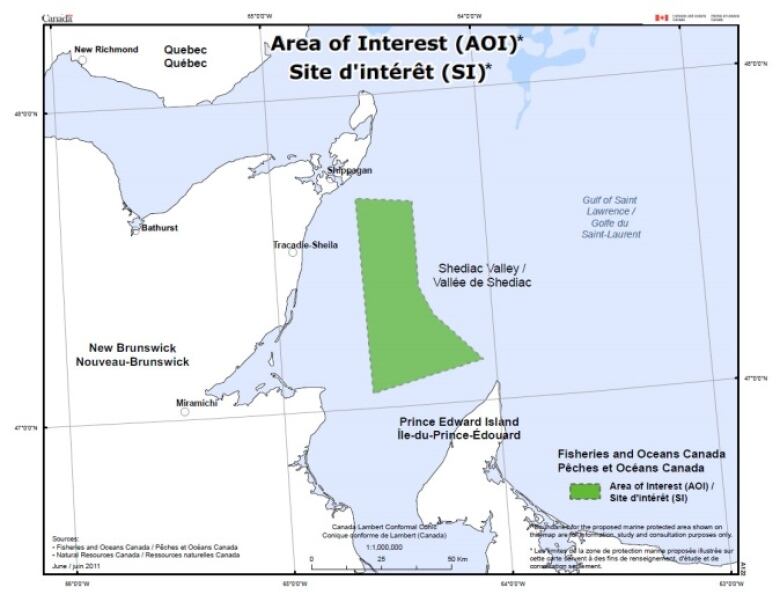Canada stays course on North Atlantic right whale protections
No right whale deaths were reported in Canadian waters in 2020

Measures introduced to better protect endangered North Atlantic right whales will continue this yearwith some adjustmentsafter no deathswere reported in Canadian waters in 2020.
Manyright whale deaths are caused by entanglement in fishing gear andcollisions with vessels, something the Canadian government has started to address in recent years with speed restrictions and fishing area closures.
"None of this is possible without the collaboration and partnership of fish harvesters across Atlantic Canada and Quebec, who have helped develop these measures with DFO year after year in order to protect these whales," Fisheries MinisterBernadette Jordan said Thursday in a news release.
"Last season is proof that by working together, we can effectively protect North Atlantic right whales while also continuing to put high quality, sustainable seafood on dinner plates in Canada and around the world."

With that in mind, DFOwill continue to close fishing in areas in the Gulf of St. Lawrence, the Bay of Fundy and theRoseway Basin where whales gather in large numbers.
"As soon as we observe a single North Atlantic right whale,we'll close an area of about 2,000 square kilometres around that whale for a period of 15 days," said Adam Burns,the director general offisheries resource management forDFO.

Right whales are still considered critically endangered, with about 366 remaining in the world's oceans.
Last year, if whales were detected in an area of the Gulf of St. Lawrence more than once during a 15-day closure, that fishing zone would automatically closeuntil the end of the season on Nov. 15.
Going forward, right whales must be detected during the last week of theclosure for an extension to be triggered. In the Bay of Fundy and the Roseway Basin, that would mean extending the closure by another 15 days. In the Gulf of St. Lawrence, however, the area would close until the end of the season.
"This change will maintain world-class protection for the whales while also ensuring that harvesters are not unduly prevented from accessing lucrative fishing grounds," the release said.
Last November, the detection of several endangered right whales in the Roseway Basinforced multiple Nova Scotia fisheries to close and remove their gear from the water.
Burns said DFO's objective is to"minimize the impacts on fisheries while maximizing the protection of North Atlantic right whales."
"One of the ways we do that is when there are seasonal closures or dynamic closures in place at the start of the fishing season, we do our best to send out surveillance flights to check for the continued presence of North Atlantic right whales," he said.
Vessel speed restrictions continue
Speed restrictions established in 2019 in the Gulf of St. Lawrence will continueto be enforced, and fines as high as$25,000will be issued for those who don't comply between April 28 and Nov. 15.
The mandatory speed limit in the western part of the gulfis10 knots. All speed and closure restrictions apply to vessels longer than 13 metres.
This season, commercial fishing vessels will be exempt from the speed limit in waters of less than 20 fathoms, or roughly 36metres.
Also, astretch of watereast of New Brunswick and northwest of Prince Edward Island called the Shediac Valleywill continue to be restricted to most vessels this year, but DFO is expected torefine the restriction by size, location and duration.
The department said right whales are expected to flock to the area in great numbers this summer. Timing and co-ordinates are still being confirmed.

"The government of Canada remains fully committed to protecting the marine environment while ensuring navigational safety," Transport Minister Omar Alghabra said in the release.
"I want to thank our stakeholders for their co-operative efforts and valuable input into this year's vessel traffic management measures as their contributions will help support the preservation of this iconic species."
Fisheries and Oceans Canada said itwill also establish a new technical working group for harvesters, right whale experts and department officials to have regular conversations about right whale protections.












_(720p).jpg)


 OFFICIAL HD MUSIC VIDEO.jpg)
.jpg)



























































































